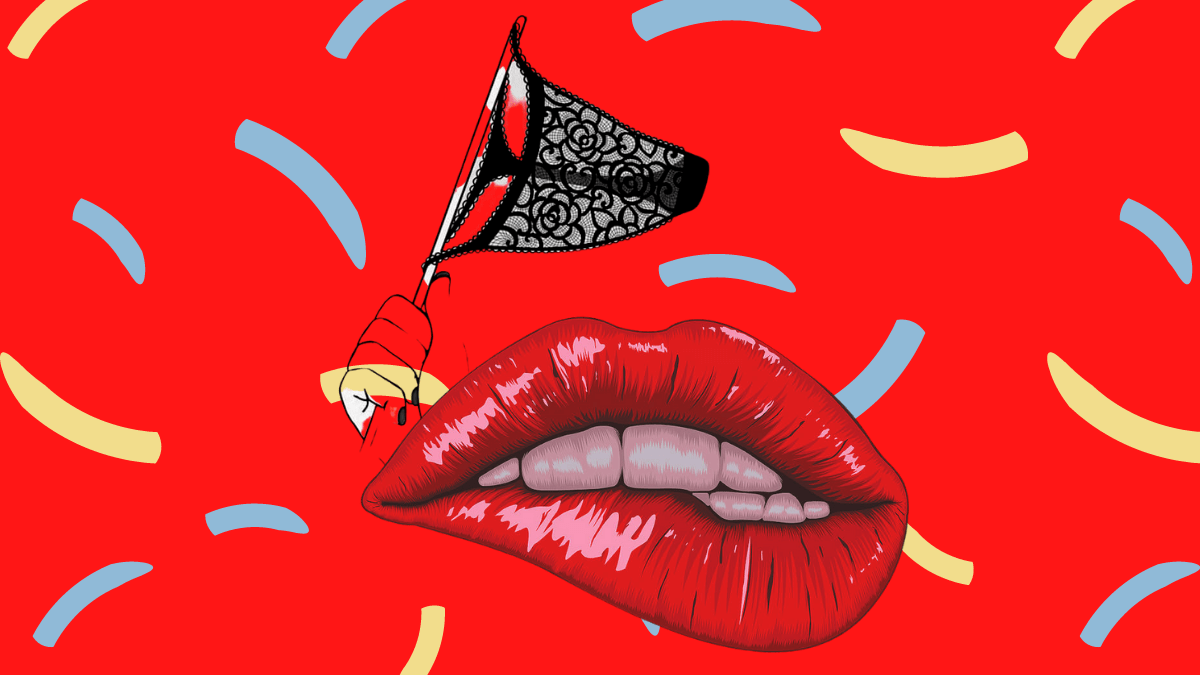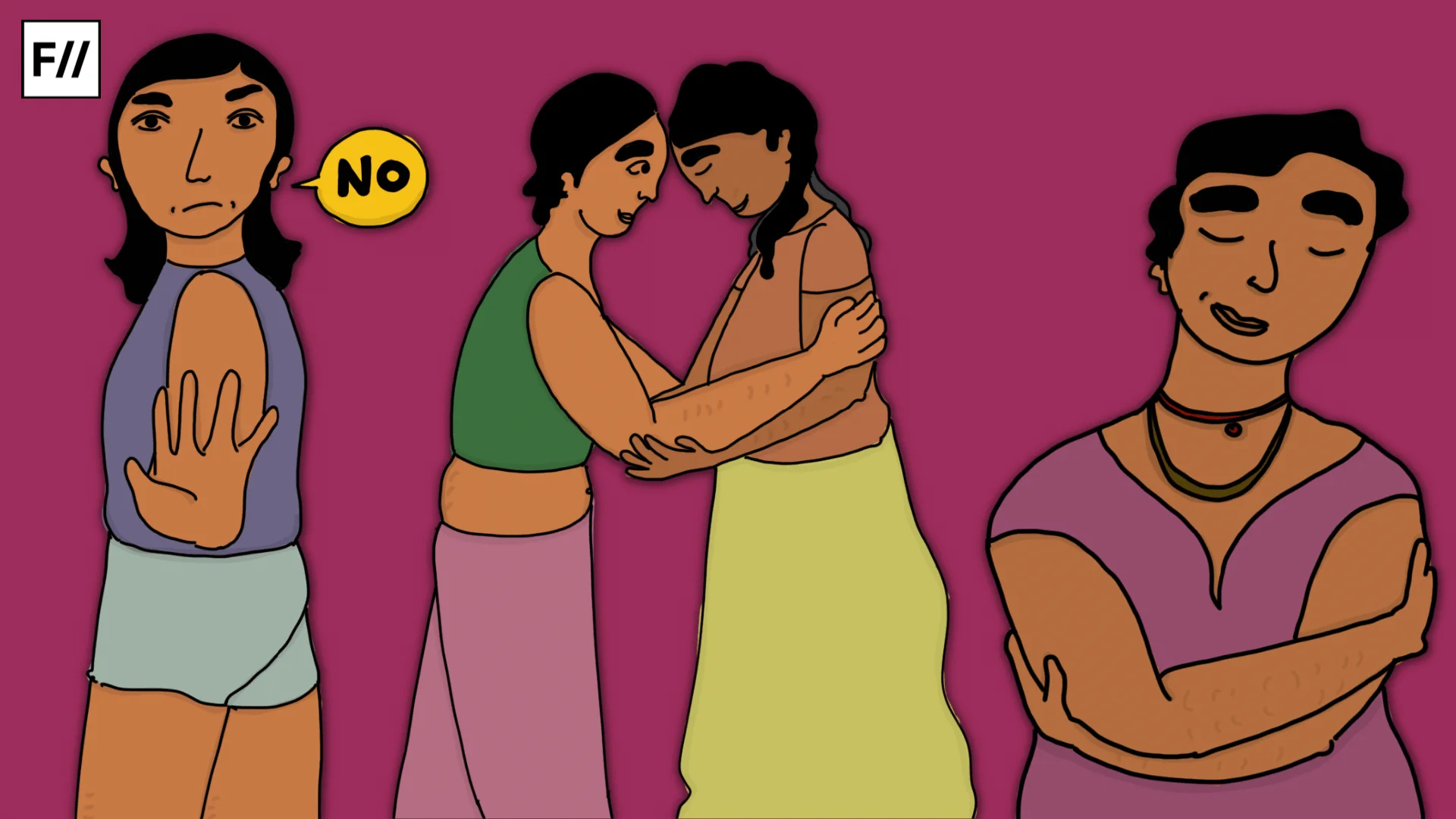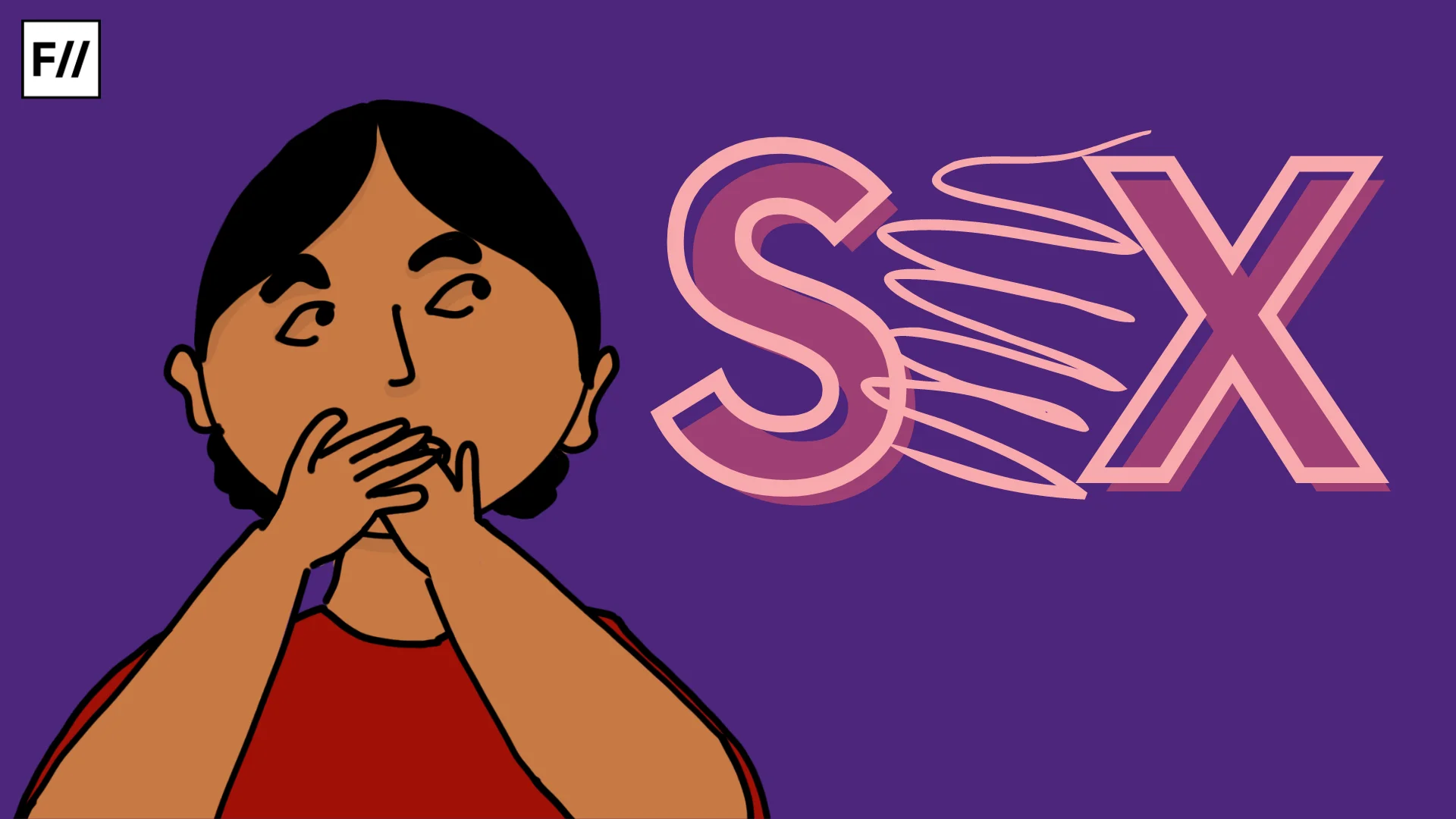Editor’s Note: This month, that is November 2020, FII’s #MoodOfTheMonth is Sexual And Reproductive Health, where we invite various articles to highlight how health outcomes are determined with respect to a person’s social, political, economic and cultural contexts of their gender, sex and sexuality, and how these identities shape their life experiences vis-a-vis SRHR in India. If you’d like to share your article, email us at pragya@feminisminindia.com.
Has a feminist friend “suddenly” become a sexual predator?
Or did your feminist relative not find fault with the politics around Hathras rape case?
Was your morally-upright professor suddenly making unsolicited moves on a classmate?
Has the perpetually high and brutal number of sex based crime cases, #metoo and the LoSHA (from 2017) not really made much of a difference to the way we still educate our populations in sexual behaviour and practices?
Yes. And I know many others who would attest to that response. The problem lies maybe in us labelling ourselves and truly believing it in our heads but still having a rather challenging journey of making it reach our bodies in practice and action. And I think where we went wrong, as a culture, was in believing that education and learning ends in the awareness and learning of the mind. Will sex and sexuality education help reduce the experiences of sexual, gender and caste based violence (physical and emotional)? Hell yes. Is it enough? Not nearly.
Maybe then, we should look at an embodied education of sexuality. Or Comprehensive Sexuality Education using embodied pedagogies.
Embodied sexuality education involves facilitating experiences in a safe environment to bring to the forefront those held biases and beliefs. It then involves interpersonal dialogue, reflection and a whole lot of meta-cognition (thinking about the why and how of thinking) that stitches together the outside world that one has to navigate with the same body and beliefs with the newly learnt information about ourselves. It brings to light the way we view ourselves, feel in our bodies, pay attention to others and communicate with another: verbally and (more importantly) non-verbally.
The body is the site of practices and action. It stores the learned culture and it often reflects our strongest held biases, tendencies and all that we have not explicitly learnt. Heard of muscle memory? That does not stop at only cycling. Our everyday practices and actions are learnt from the habitus and culture of acting and behaving that has taught our embodied selves to pick up. Our ‘selves’ are embodied to the extent that all actions, practices and movements reflect a thought, belief and experience.
Unfortunately, not only is this understanding of the self NOT brought to a general classroom but it has escaped the clasps of informal learning spaces as well, allowing the insidiously harmful informal cultures of sexuality to have its hold over our interactions and communications. Why is this most important for sexuality education? Because we know there exists hugely diverse experiences of sexuality and the body between the different genders and castes. For these experiences to be navigated and negotiated such that we reach a utopian space of healthy communication through respectful interactions between empathetic relationships, we need to pay attention to our embodied selves.
Will sex and sexuality education help reduce the experiences of sexual, gender and caste based violence (physical and emotional)? Hell yes. Is it enough? Not nearly. Maybe then, we should look at an embodied education of sexuality. Or Comprehensive Sexuality Education using embodied pedagogies.
One understands that in feminism, the “personal is political”. What better way than embodied education to bring and show all the politics of sexuality and its culture to the personal experience of the body and vice versa? Our habits of identity and relationships are shaped by the socio-political structures we exist within. Not in a deterministic way, but in a way that the individual does get shaped by it. After facilitating ways of actually tapping into the knowledge of themselves and the larger world through their body, it allows them to truly engage with the sociology and politics that lies in their habits to then affect their own politics.
With the existence and subsequent changes in the legislature around sexuality and gender, it is important that we see the reflecting difference in the social practices and behaviours of the population who are meant to live under the legislation. A number of studies, have shown that laws such as capital punishment, more severe punishments not only aren’t effective but don’t see the light of day because of the process in which they get filed as a complaint in the first place.
And most recommendations towards reducing sexual violence and gender discrimination is through sexuality education and sensitisation. This cannot be done without getting into the “personals” of the population whose change in social behaviour is the only true deterrent to the violence which we so easily inflict on each other.
Also read: No Environment For Conversations On Sex? Here Is How It Impacts…
Verbal language, when we discuss consent, is the main fulcrum of the dialogue surrounding it. And while it should definitely be, one must acknowledge the entire engagement with another that occurs before the giving or taking of consent. And all of that is non-verbal. It is the language of the body and behaviours of sexuality that is spoken. Embodied education is the only way to access this non-verbal language. A way to build enough of empathy, self-awareness such that non-verbal signs are paid attention to.
The display and interplay of power that occurs through this non-verbal language is important for the powerful and the powerless. It is the strongest avenue to reclaim power as well. And the relationship between sexuality and power is not a new understanding. It is also the strongest way to understand intersectionality: of the self and the concepts we are discussing. The physicality of caste, gender, sexuality and dimensions of power is the strongest experience of it. It deepens all kinds of understanding of it and subsequently allows one to evaluate and shift the habits of the power that take place within it.
The physicality of caste, gender, sexuality and dimensions of power is the strongest experience of it. It deepens all kinds of understanding of it and subsequently allows one to evaluate and shift the habits of the power that take place within it.
Embodied education, then, as it is rarely that of the spoken language is far more democratic. It is equalising because of the novelty of the discourse but that it also breaks the barrier of literacy. While conceptual analysis resides in a certain kind of discourse, the abstraction of one’s own experience to a concept does not. The ability to make connections between individual experience to a larger abstract concept and then reflect on it is inherent to the human species in fact, no?
While the language of the written and spoken word holds within it a world of politics itself, the language of the unspoken is as valuable. And one that has not been delved into yet. Embodied education of sexuality enters a different kind of democratic space that allows its reach to become wider and deeper. It draws a certain amount of vulnerability and empathy that finally drives an actual intention towards shifts in perspective and behaviour.
Also read: Santhi Soundarajan & The Misogyny Of Sex Verification Tests In Sports
We see then why the imploration for sexuality education has to deepen or shift towards an embodied one (as should most ideas around education). It is democratic, feminist and rooted in the lens with which we should have been holding our bodies in the first place.
Does embodied education of sexuality solve all problems? No.
But does it start the most important conversations during the learning process that is otherwise limited? Yes.
Does it facilitate and hold at its center the formation of relationships through experiences and the body? Yes.
And is that all highly valuable aspects of sexual interactions that have been neglected? Hell yes.
References
Nitya Basrur is a second year Fellow at TFI and holds a BA Humanities and Education (Hons.) from Azim Premji University. She is currently pioneering a project called “Moving to Change” aimed at training fellows and teachers to introduce embodied pedagogies into classroom practices. She has a lifetime of experience in embodied arts such as dance, theatre and yoga and is passionate about the intersection of learning, sexuality, aesthetics and education. She decorates rooms for fun and is currently facing withdrawal from the lack of pani-puri in her system. You can find her on her blog, Instagram and Twitter.




